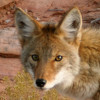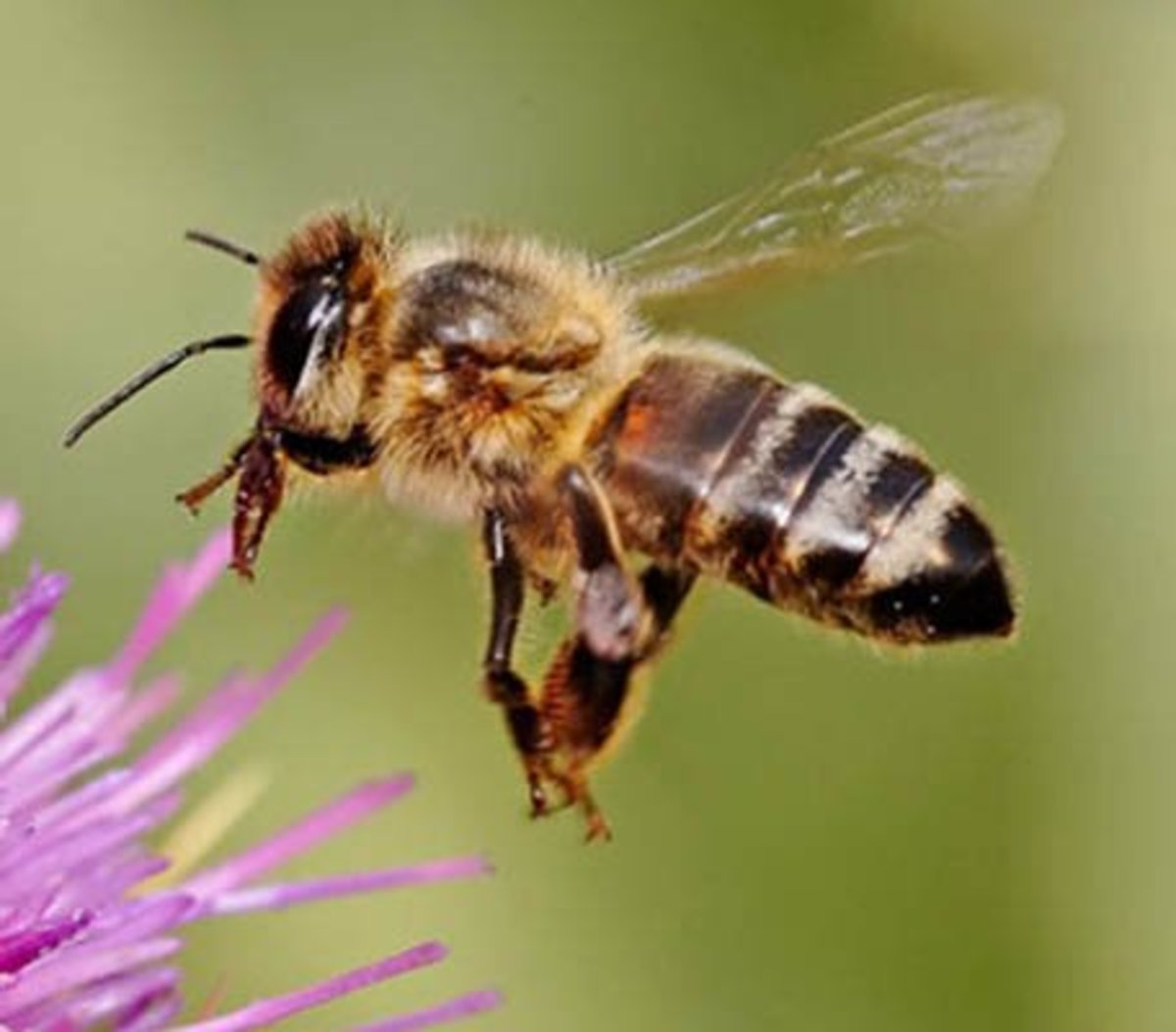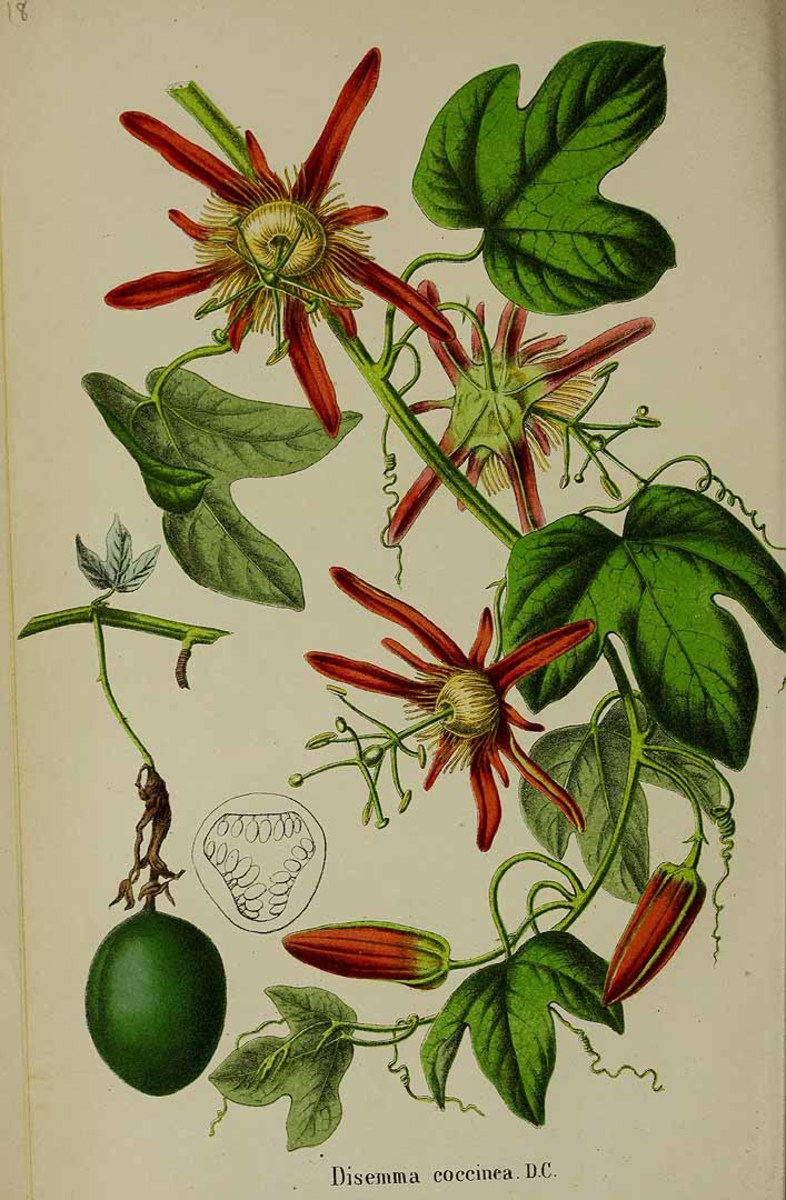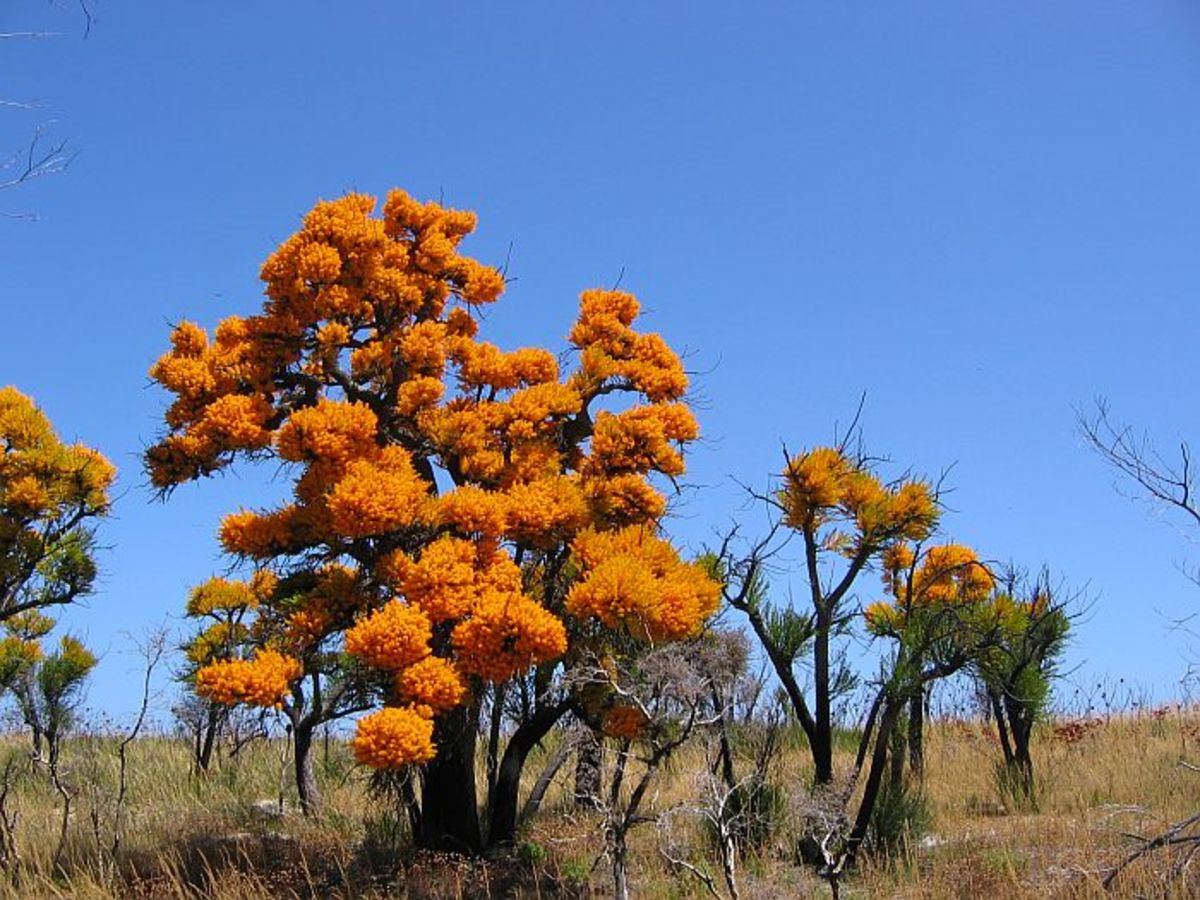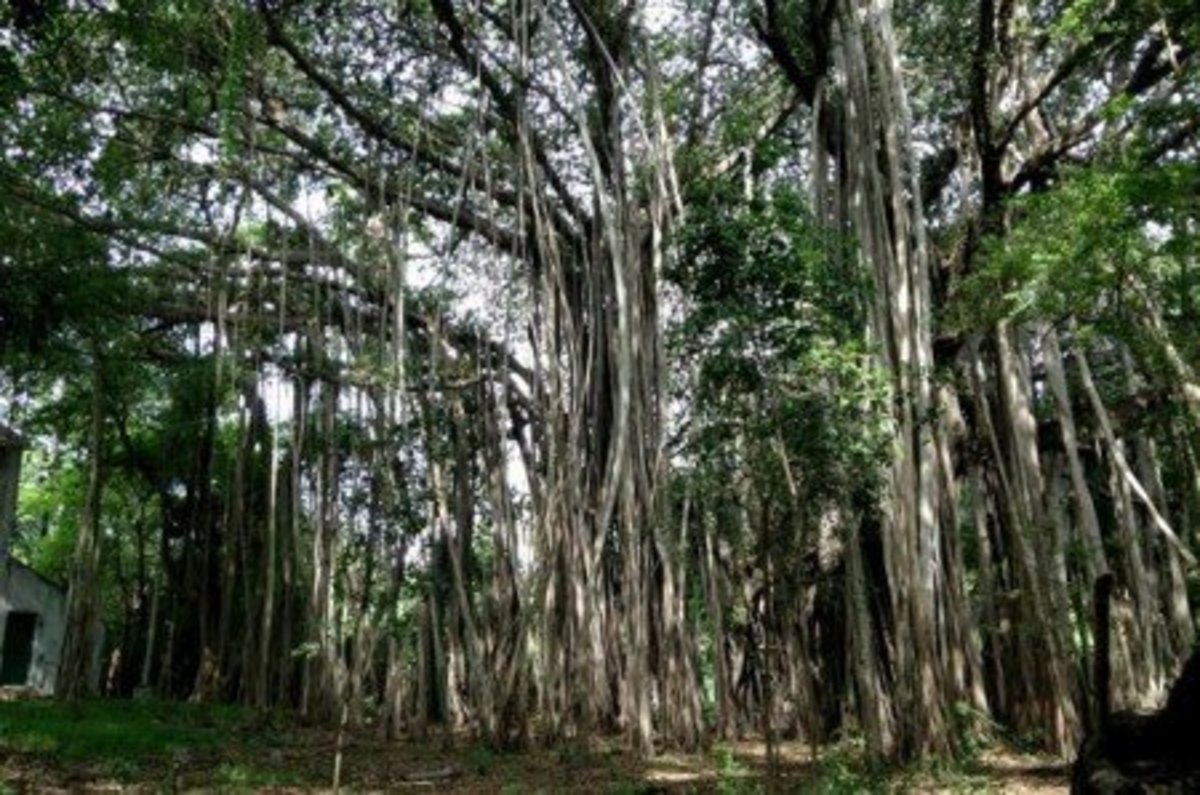Flowers: what are they for and how do they work?
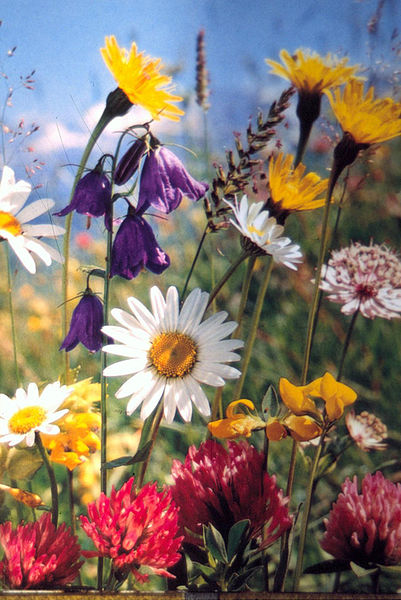
Flowers the miracle of propagation
Flowers come an all shapes, sizes and colors. When we think of flowers, we usually imagine brightly colored blossoms like the ones shown in the picture here. Not all flowers are as colorful as these, but they all have the same function.
Flowers are a special part of plants that is responsible for making seeds. Seeds are what makes it possible for new plants to grow.
There are four main parts of a flower. These parts all serve different purposes, but they all work together to make seeds.

Parts of a flower
The four main parts of a flower are:
Sepal- Sepals are the outer whorl of petals that protect the flower as it is growing, before it blooms. They are usually green, but can be more colorful.
Petal- Petals are usually thin and colorful. Their colors are often specialized to attract bees or other insects or animals that help pollinate the flowers.
Stamen- This is the male part of a flower. Stamens produce pollen that fertilizes the eggs, making it possible for new seeds to grow.
Pistil- This is the female part of the flower where the eggs are fertilized and then grow into seeds.
Inflorescence
Composite flowers
| Cluster flowers
| Single Flowers
|
|---|---|---|
Dandilion
| Geranium
| Rose
|
Sunflower
| Onion
| Tulip
|
Zinnia
| Butterfly Bush
| Iris
|
Daisy
| Yarrow
| Lily
|
Marigold
| Delphinium
| Orchid
|
Flowers can be single or in a group. A group of flowers is called an inflorescence. Two of the basic forms of inflorescence are composite and cluster. Composite flowers are groups of small flowers that look like one blossom. Cluster flowers are bunches of flowers that grow together on the end of a main stem. Single flowers are blossoms that are the only one at the end of a long stem.
How many flowers do you see?
Some of the blooms we think of as being a single flower are really made up of a whole bunch of very small flowers. These blossoms are called composite flowers.
Some common composite flowers are dandelions, sunflowers, daisies and zinnias.
These plants have developed special miniature flowers that are tightly packed together in a flower head so that they look like a single flower.
Having so many flowers close together makes its easier to get them pollenated. These plants produce lots of seeds.
The flowers on composite blossoms are of two types; disk flowers and ray flowers.
Disk flowers are the ones found in the center of the flower head. They are smaller and not as showy as the ray flowers.
Ray flowers look look the petals on other flowers. They form an outer ring that helps attract pollinators to the blossom.
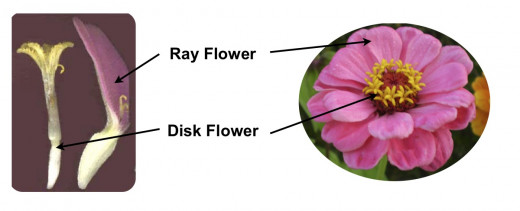
Pollination
Pollination is the way plant eggs are fertilized so they can grow into seeds. Pollen is produced on the top of a plant stamen, but must be moved to the top of the pistil. From the top of the pistil, pollen travels down to the eggs and starts to grow.
Plants need help to get the pollen to the pistil. Some use wind to move the pollen around, others use birds or insects.
When a bee visits a flower to gather nectar, it brushes against the stamen and some of the pollen sticks to the bee. When it moves around the blossom or visits a different flower, it can move the pollen to the pistil.
This helps the plant by fertilizing the eggs and it helps the bee because they use the nectar from the flowers to make honey.
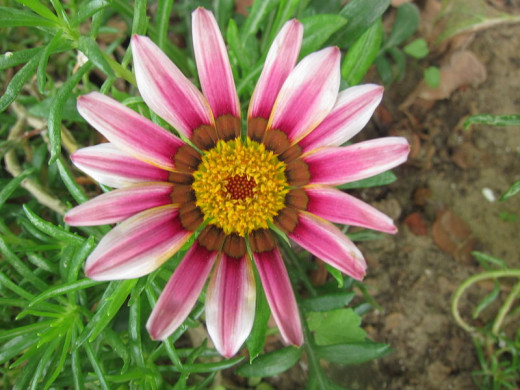
Bee bullseye
Because some flowers depend on bees for pollination they often have special colors and designs to attract insects.
The different colored rays on the flower in this picture work like arrows to point an incoming bee toward the center of the flower where the pollen is located.
Insects don’t see the same colors we do. Their eyes are more sensitive to ultraviolet colors. Because of this, flowers that seem plain to us are more colorful when seen through the eyes of a bee.
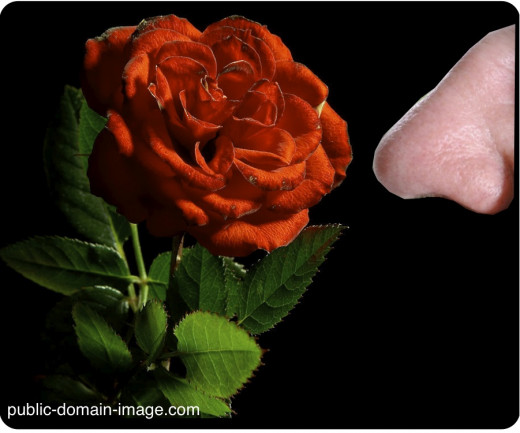
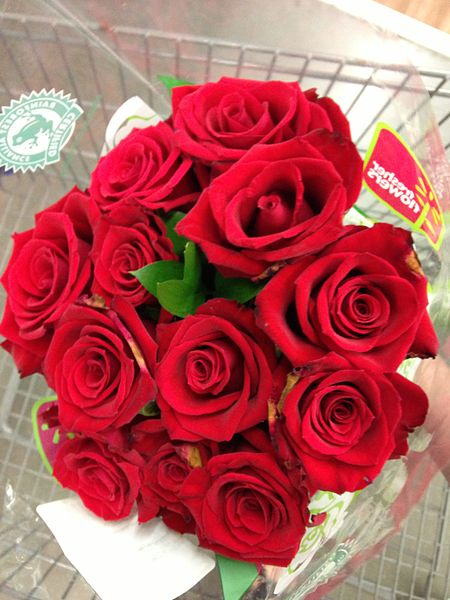
Why do flowers smell good?
Flowers produce oils that have different smells. When these oils evaporate they create fragrances that we can smell.
These smells also attract insects to the flower, making them more likely to be pollinated.
People like the smell of flowers, too. Sometimes when we smell a flower we get pollen on our noses.
Fun Facts
Roses are one of the most popular flowers in America. In fact, in 1986 congress voted to make the rose our national flower.
Roses are a symbol of love. Millions of them are given away, especially on Valentine’s Day. In 2009 almost 24 million roses were purchased as Valentine’s Day gifts. That’s a lot of roses!
To give you an idea of how many 24 million is, that many pennies would make a stack over 20 miles high.
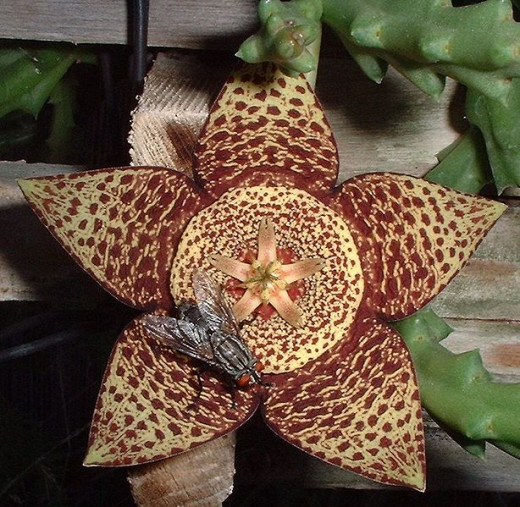
Not all flowers smell as sweet as roses. Some plants are pollinated by flies and garbage eating beetles. In order to attract these insects, plants like the carrion flower shown here smell and look like rotting meat.
Activity - Create you own flower colors
Even though flowers come in a wide variety of colors, sometimes people still want something a little different. For example, there aren’t very many green flowers that are considered pretty. Florists can use food coloring to change white carnations into green ones. You can too.
You will need: White flowers like carnations or Queen Anne’s lace
Containers to hold water
Different colors of food coloring
Water
What to do:
Fill several containers with water.
Add a few drops of food coloring to the water.
Put different colors in different containers. Cut the very bottom end off one of the flower stems and put it in one of the containers. Do this for each different color. Check every few hours to see what is happening to your white flower. After about a day the flower will have absorbed as much color as it is going to.
You can make multi-colored flowers by splitting the stem and placing the ends in different colored dye.
HOW IT WORKS
Flower petals have tiny holes called stomas. Water evaporates from these holes and the plant needs to replace that water. It does this by drawing water up the stem, kind of like sucking water up a straw.
If the water has food coloring in it, the white petals of your flower will show that color.
This movement of water through the plant and into the air is called transpiration.
Activity - Flower Power
Flowers can be single or in a group. A group of flowers is called an inflorescence. Two of the basic forms of inflorescence are composite and cluster. Determine if the flowers shown below are single, composite or cluster flowers. Do you know the names of these popular flowers?
Answers are below the picture.
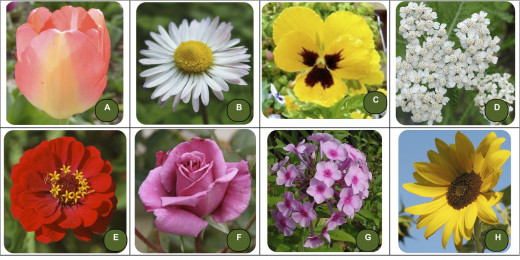
Flower Power: A. Single (Tulip,) B. Composite (Daisy,) C. Single (Pansy,) D. Cluster (Yarrow,) E. Composite (Zinnia,) F. Single (Rose,) G. Cluster (Phlox,) H. Composite (Sunflower.)
